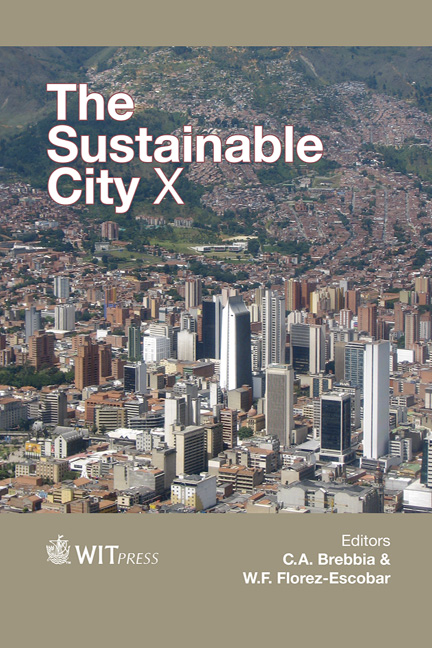Cohabitation Between Cartagena And Cartago Nova (Spain)
Price
Free (open access)
Transaction
Volume
194
Pages
12
Page Range
461 - 472
Published
2015
Size
1,978 kb
Paper DOI
10.2495/SC150401
Copyright
WIT Press
Author(s)
F. Segado Vázquez, J. M. Maciá Albendín
Abstract
When cities with great archaeological remains in their subsoil tend to grow and spread, there are a lot of factors which are forgotten to the detriment of the society. The way to deal with overlapped cities is not one of the abilities of archaeologists, who try to discover our origins but are not concerned about how these remains can be linked to the rest of city. Understanding how to combine old and new cities is a new growing problem that prevents the adequate development of cities. Urban developers work as hard as possible to find new solutions to combine history and modernity.
One of the most important figures is Pedro A. San Martín (1921–2013, Cartagena, Spain), who tried to develop new concepts and ideas about the valorization of the heritage. As an architect (a member of the Department of Fine Arts of the Ministry of Culture, Local Commissioner of Archaeological Excavations and Director of the Municipal Archaeological Museum of Cartagena), he promoted a multi-layered approach (technical and urban) in the pursuit of one central objective: the revaluation of the city in its entirety. San Martín tried to be an archaeologist among architects, explaining to them how they could coordinate their discoveries in order to achieve a viable relationship between the old and the new city in Cartagena. His subterranean works about the cohabitation of remains and new buildings are a great example of how both disciplines should be combined.
Keywords
archaeology, urbanism, Tarragona, Tarraco, Mérida, Émerita Augusta, Cartagena, Cartago Nova, Pedro A. San Martín





